¡LOS QUE AMAMOS ESTA TIERRA DENUNCIAMOS LO QUE QUIEREN HACER CON ELLA!
EL MUNDO EN LUCHA:
Fracking Hell from Ben Harding on Vimeo.
Frack Head from Sasha Sumner on Vimeo.
Dare to Change the World: Fracking from Kyle Stephens on Vimeo.

Rehabilitar habilitar una esperanza posibilitar un lugar un encuentro habitar un espacio un tiempo abrir los ojos a media caña respirar oler cada mañana caminar por las nubes regar los cipreses coger un puñado de arena sembrar la tierra con el viento oler oler la vida quedarse inmóvil viendo pasar las nubes... MOLER LA VIDA.
El tema central de este Blog es LA FILOSOFÍA DE LA CABAÑA y/o EL REGRESO A LA NATURALEZA o sobre la construcción de un "paradiso perduto" y encontrar un lugar en él. La experiencia de la quietud silenciosa en la contemplación y la conexión entre el corazón y la tierra. La cabaña como objeto y método de pensamiento. Una cabaña para aprender a vivir de nuevo, y como ejemplo de que otras maneras de vivir son posibles sobre la tierra.
 The author of more than 40 collections of poetry and poetics, Anne Waldman is an active member of the Outrider experimental poetry movement, and has been connected to the Beat movement and the second generation of the New York School. Her publications include Fast Speaking Woman (1975), Marriage: A Sentence (2000), and the multi-volume Iovis project (1992, 1993, 1997).
The author of more than 40 collections of poetry and poetics, Anne Waldman is an active member of the Outrider experimental poetry movement, and has been connected to the Beat movement and the second generation of the New York School. Her publications include Fast Speaking Woman (1975), Marriage: A Sentence (2000), and the multi-volume Iovis project (1992, 1993, 1997). 

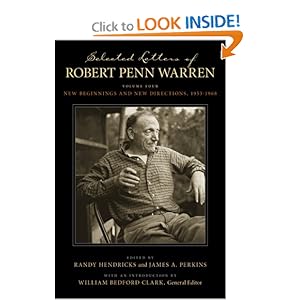
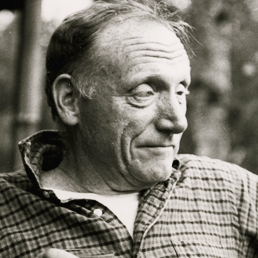
 |
| Robert Penn Warren (1905-1989) |




 |
| Kevin McCloud |
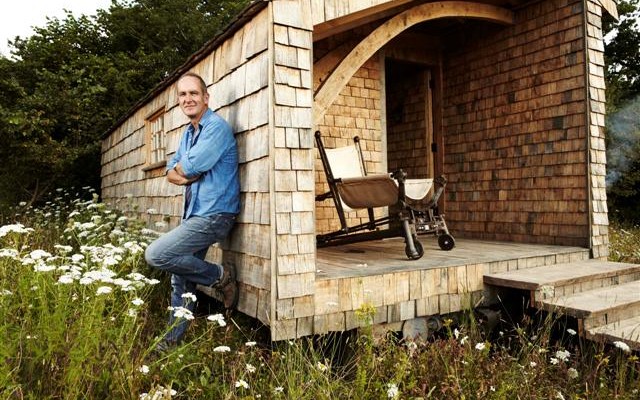 |
| Kevin McCloud built his escape-from-it-all home in the countryside from scratch |

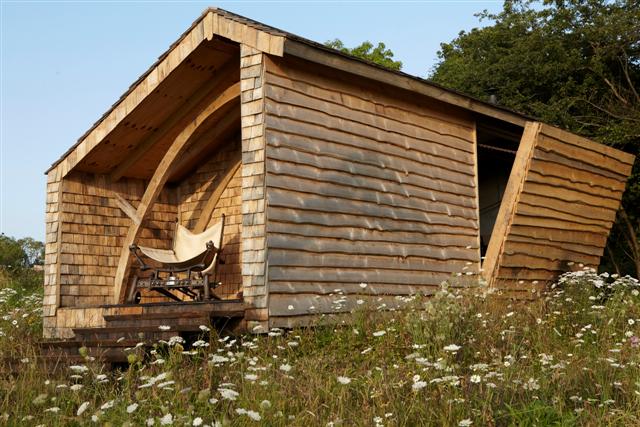
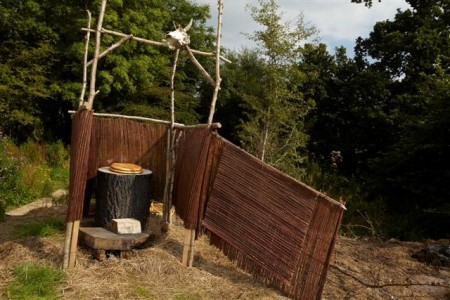
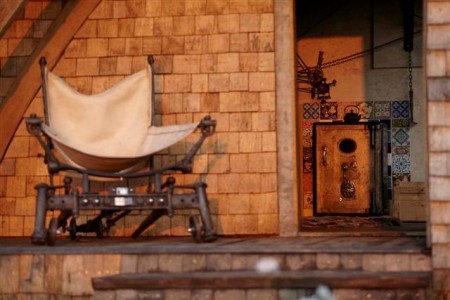





 |
| Vinyl LP - Sealed
About Stray Ashes by JBM:
Despite feeling disillusioned, drained, and disconnected after an intense year of touring, Brooklyn-based recording artist Jesse Marchant, a.k.a. JBM, felt an insatiable need quietly gestating. After a much needed break, he relocated to a remote cabin in the Catskills and started the long process of writing and recording Stray Ashes, his followup to 2010's Not Even in July. Like a twilight journey through canyons, with noctilucent clouds on the horizon, these songs flow with refined grace and raw force.
Rather than starting with an acoustic guitar and vocals, Marchant experimented with drums and loops of electric guitar melodies. As the winter progressed, he continued this process until the song structures emerged. To record he relocated to a large log house next to a frozen lake inhabited by hundreds of geese in upstate New York, where he recorded everything but the vocals. He then moved to the city temporarily where he wandered the streets listening to the instrumentals and writing lyrics.
Next, John Congleton joined the project for additional recording and mixing. Congleton's contributions help to define a sonic space throughout Stray Ashes that perfectly cradles Jesse's earnest vocals, as do the additional performances of McKenzie Smith (of Midlake, Drums), and Macey Taylor (of A.A. Bondy, Bass) on several tracks, which were recorded by Congleton in his Texas studio. The gauzy sonic blanket Marchant and Congleton have created provides a foundation for the mysterious collection of songs on Stray Ashes.
We don't have to fully understand them to be moved by these shining beacons guiding us through a mellifluous fog. Propelled by Marchant's voice, songs like "Winter Ghosts" and "Keeping Up" seem to effortlessly fill the room with an addictive somber haze, while Marchant seems to implore us to return to something true and meaningful on other standouts like "Ferry" and "Only Now."
|
